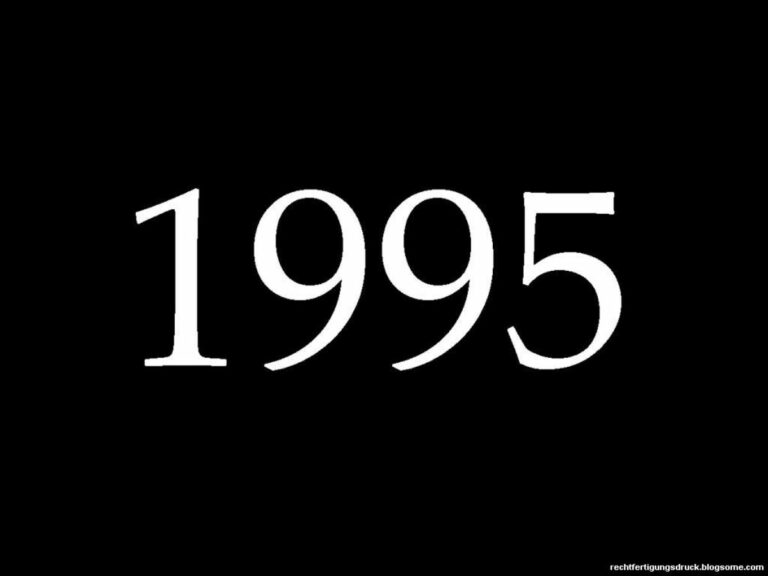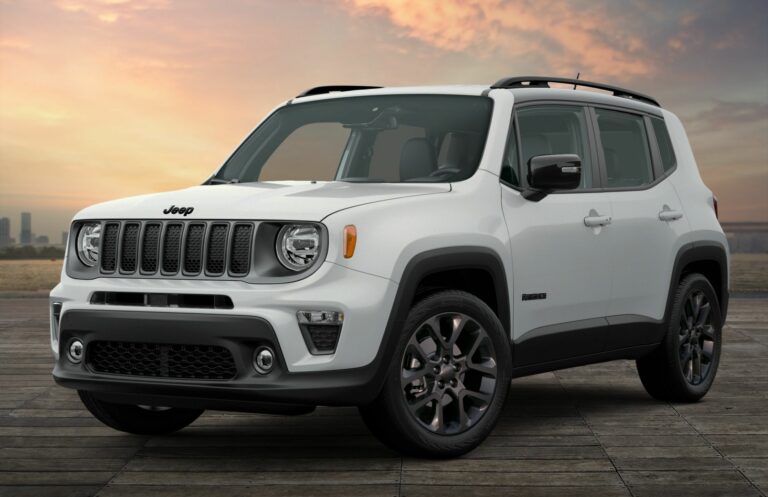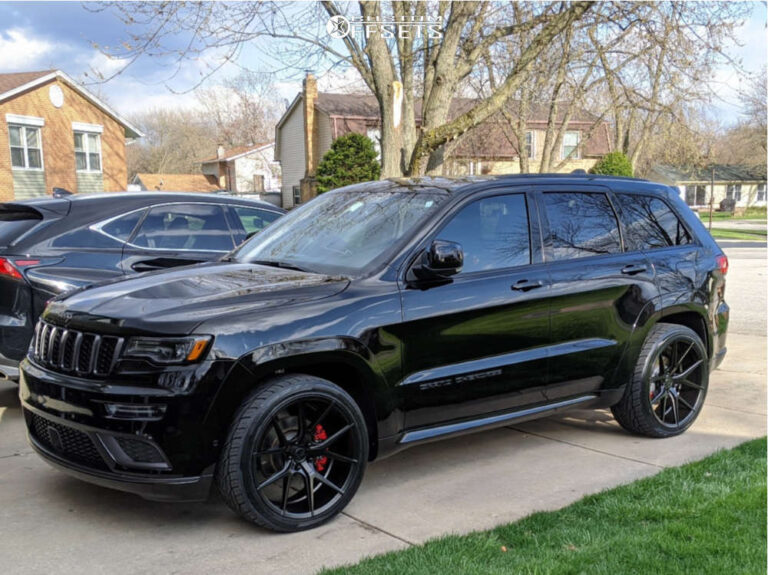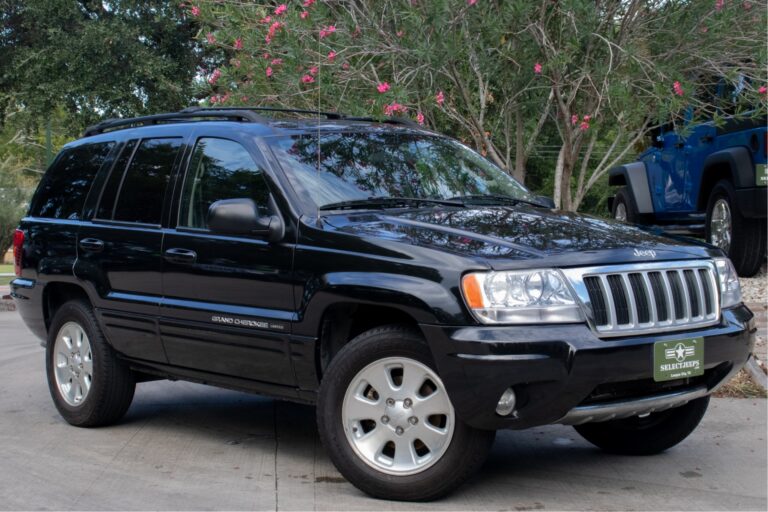Stock Jeep Wrangler Wheels And Tires For Sale: Your Ultimate Guide
Stock Jeep Wrangler Wheels And Tires For Sale: Your Ultimate Guide jeeps.truckstrend.com
The iconic Jeep Wrangler is synonymous with adventure, rugged capability, and a distinctive aesthetic. For many owners, the journey of customization begins almost immediately, often with the wheels and tires. This widespread trend of upgrading to larger, more aggressive aftermarket setups means there’s a significant, often overlooked, market for Stock Jeep Wrangler Wheels And Tires For Sale. Whether you’re looking to replace worn-out originals, acquire a full-size spare, return your modified Jeep to its factory glory, or even give a more basic model an affordable upgrade, understanding this market can save you considerable time and money.
This comprehensive guide will delve into everything you need to know about navigating the world of stock Jeep Wrangler wheels and tires. We’ll explore why they’re a smart purchase, what to look for, where to find them, and how to ensure you’re getting the best value and compatibility for your beloved Wrangler.
Stock Jeep Wrangler Wheels And Tires For Sale: Your Ultimate Guide
Why Buy Stock Jeep Wrangler Wheels And Tires? The Smart Choice
The decision to purchase stock wheels and tires, often referred to as "take-offs," might seem counterintuitive in a world obsessed with aftermarket upgrades. However, there are numerous compelling reasons why this market thrives:
- Cost-Effectiveness: This is perhaps the biggest draw. Brand new aftermarket wheel and tire packages can easily run into thousands of dollars. Stock take-offs, especially those with very few miles, offer significant savings, often retailing for a fraction of the price of new components.
- OEM Quality and Fitment: Factory wheels and tires are designed and tested by Jeep to meet rigorous performance and safety standards. You’re guaranteed perfect fitment for your specific Wrangler model without needing spacers or suspension modifications (unless you’re significantly changing sizes, e.g., from a Sport to Rubicon take-offs on a stock Sport).
- Perfect for Spares and Rotations: A full-size matching spare is invaluable, especially for off-roading. Stock take-offs provide an ideal solution. They also allow for a five-tire rotation, extending the life of all your tires evenly.
- Returning to Stock: If you’ve modified your Jeep and plan to sell it, returning it to stock form can appeal to a broader range of buyers and often yields a better resale value. Having a set of original wheels and tires on hand makes this process seamless.
- Mild Upgrades on a Budget: For owners of Sport or Sahara models, acquiring Rubicon take-offs can provide a noticeable aesthetic and capability upgrade (larger tires, more aggressive tread) without the expense and complexity of a full lift kit and aftermarket setup.
- Winter/Summer Setups: Some owners prefer to run dedicated winter tires. A second set of stock wheels makes swapping tires seasonally much easier and more cost-effective in the long run.
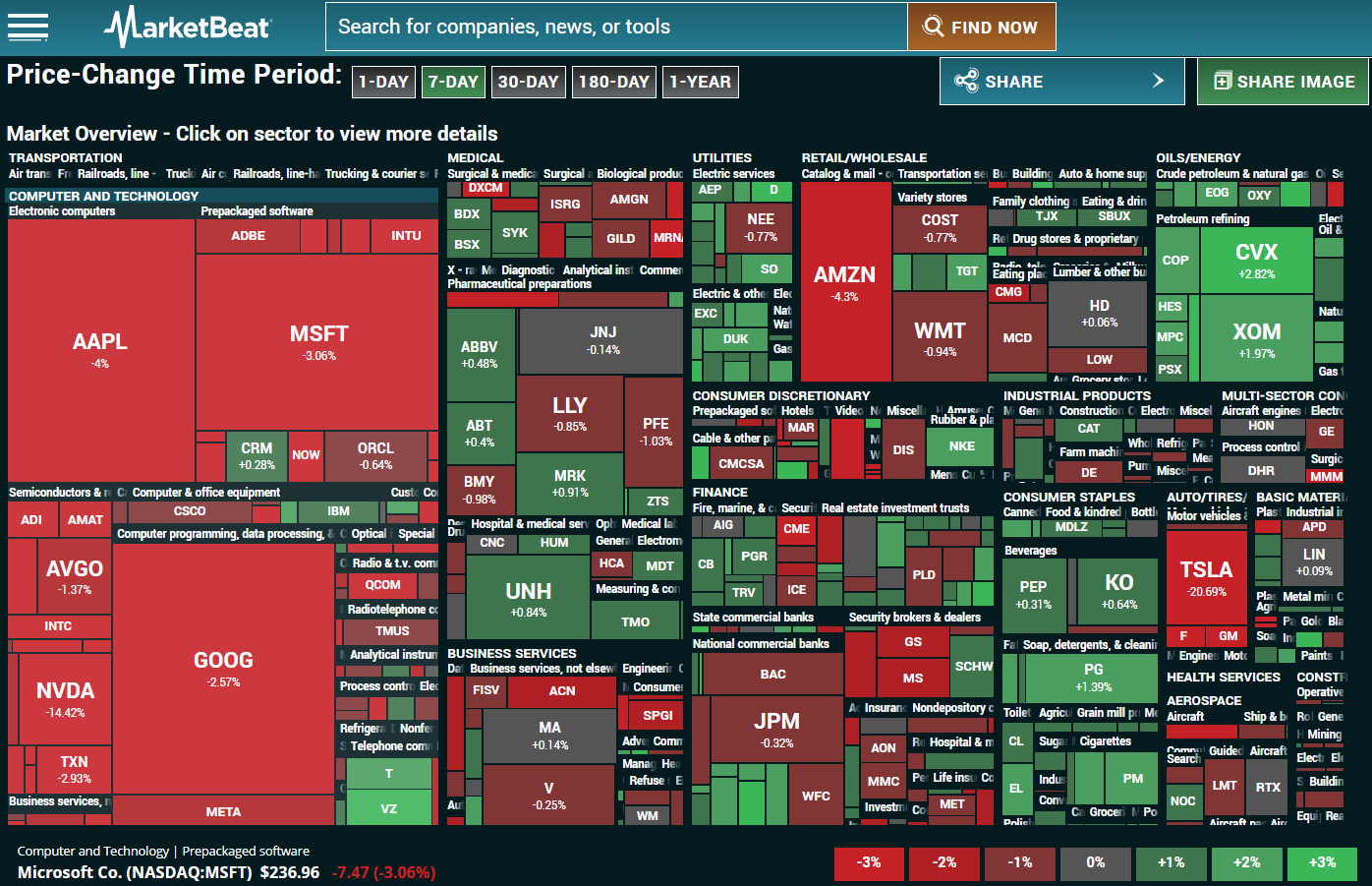
Understanding Stock Wrangler Wheels: Generations, Sizes, and Specs

Jeep Wranglers have evolved over the years, and so have their stock wheels. Knowing the key differences is crucial for compatibility.
- Generations:
- JK/JKU (2007-2018): These Wranglers came with various 17-inch and 18-inch wheels.
- JL/JLU (2018-Present) & JT (Gladiator, 2020-Present): These newer models also feature 17-inch and 18-inch options, often with slightly different designs and sometimes different offsets.

- Bolt Pattern: All modern Wranglers (JK, JL, JT) share the same 5×5 inch (or 5x127mm) bolt pattern. This is a significant advantage, as it means wheels are generally interchangeable across these generations, assuming other factors like backspacing and tire size are compatible with your suspension.
- Common Wheel Sizes:
- 17-inch: Most common, especially on Rubicon models (e.g., 17×7.5" or 17×8"). These are preferred by many off-roaders due to the larger tire sidewall for airing down.
- 18-inch: Often found on Sahara models (e.g., 18×7.5"). These offer a slightly more "street-oriented" look.
- Backspacing/Offset: This is critical. While the bolt pattern is the same, the offset (how far the wheel mounts from the hub) can vary.
- JK/JKU: Stock backspacing typically ranges from 6.25 inches to 5.5 inches.
- JL/JLU/JT: Stock backspacing is generally slightly less, around 5.5 inches.
- Important Note: While JL wheels will bolt onto a JK, some larger JL tire sizes combined with JL’s slightly different offset might cause rubbing on suspension components at full lock on an unmodified JK. Always verify.
Understanding Stock Wrangler Tires: Types, Sizes, and Condition
Just as with wheels, stock tires come in different types and sizes depending on the Wrangler trim level.
- Tire Types:
- All-Terrain (A/T): Most common on Sport and Sahara models (e.g., Bridgestone Dueler H/T, Michelin LTX M/S, Falken Wildpeak AT3W). These offer a good balance of on-road comfort, wet traction, and light off-road capability.
- Mud-Terrain (M/T): Exclusively found on Rubicon models (e.g., BFGoodrich All-Terrain T/A KO2 on earlier JKs, BFGoodrich Mud-Terrain T/A KM2/KM3 on later JKs/JLs). These have aggressive tread patterns for superior off-road grip, especially in mud, rocks, and dirt, but can be louder on pavement.
- Common Stock Tire Sizes:
- JK/JKU:
- Sport/Sahara: 245/75R17 (31 inches), 255/70R18 (32 inches).
- Rubicon: 255/75R17 (32 inches), 285/70R17 (33 inches, for special editions like Recon).
- JL/JLU/JT:
- Sport/Sahara: 245/75R17 (31 inches), 255/70R18 (32 inches).
- Rubicon: 285/70R17 (33 inches), or 315/70R17 (35 inches) on Rubicon Xtreme Recon/392.
- JK/JKU:
- Tread Depth and Condition:
- When buying used, always inspect tread depth. New tires typically have 10/32" to 14/32" of tread. Take-offs might have 8/32" or more. Avoid anything below 6/32" unless it’s for a very temporary spare.
- Check for uneven wear, cuts, cracks, or punctures.
- Date Code (DOT Code): Crucially important! Look for a four-digit number on the sidewall (e.g., "1522" means 15th week of 2022). Tires typically have a useful life of 6-10 years, regardless of tread, due to rubber degradation. Avoid tires older than 5-6 years if possible.
Where to Find Stock Jeep Wrangler Wheels And Tires For Sale
The market for stock take-offs is robust and widely distributed.
- Online Marketplaces:
- Facebook Marketplace & Craigslist: These are goldmines. Search for "Jeep Wrangler wheels," "Jeep Rubicon take-offs," "Wrangler tires," etc. Be specific about your location for local pickup.
- Dedicated Jeep Forums & Groups: Websites like JK-Forum, JLWranglerForums, and various Facebook groups dedicated to Jeep Wrangler owners are excellent resources. Many members upgrade immediately and sell their nearly new stock sets.
- eBay: A vast selection, but be mindful of shipping costs, especially for full sets. Detailed photos and seller ratings are important here.
- Local Off-Road Shops: Many shops that specialize in Jeep modifications accumulate piles of stock wheels and tires from customers who’ve just upgraded. Ask if they have any for sale. You might find a great deal on a full set, and they often know the history of the parts.
- Dealerships: Less common for used sets, but sometimes a dealership will have a set of brand-new take-offs from a customer who upgraded immediately upon purchase. Prices here might be higher.
- Word of Mouth: Let your fellow Jeep-owning friends know you’re in the market. The Jeep community is strong, and someone might know someone selling.
Key Considerations When Buying: Don’t Get Stuck!
Purchasing used items always requires diligence. Here’s a checklist for stock Jeep Wrangler wheels and tires:
- Verify Compatibility: Double-check the wheel size, bolt pattern, and tire size against your Wrangler’s specifications. If you’re putting JL take-offs on a JK, be aware of potential backspacing differences and the need for new TPMS sensors (JK and JL use different frequencies).
- Inspect Thoroughly:
- Tires: Check tread depth with a gauge, inspect sidewalls for cracks, bulges, or repairs. Look for the date code.
- Wheels: Look for bends, cracks, deep scratches, curb rash, or signs of repair. A bent wheel can cause vibrations and be dangerous.
- TPMS Sensors: Ask if the original Tire Pressure Monitoring System sensors are included and functional. If not, budget for new ones.
- Price Negotiation: Prices vary wildly based on condition, mileage, and location. Don’t be afraid to negotiate, especially if the tires have significant wear or the wheels have cosmetic damage.
- Shipping vs. Local Pickup: Local pickup is highly recommended for in-person inspection. If shipping, request detailed photos and videos, and ensure the seller is reputable. Factor in the cost of shipping, which can be substantial for a full set.
- Ask Questions:
- "How many miles are on them?"
- "Why are you selling them?" (Usually, "I upgraded" is the answer).
- "Have they ever been repaired?"
- "Are the TPMS sensors included?"
- "Are they balanced?" (Even if they are, rebalancing after transport is a good idea).
Installation and Maintenance Tips
Once you’ve secured your stock wheels and tires, proper installation and maintenance will ensure their longevity and your safety.
- Professional Installation: While you can mount them yourself, having a professional tire shop install and balance them is recommended. They have the right equipment to ensure proper fitment and prevent damage.
- TPMS Sensor Programming: If your new-to-you wheels come with TPMS sensors, your Jeep’s system might need to be reprogrammed to recognize them, especially if they are from a different model year (e.g., JL sensors on a JK, or vice-versa). Some Jeeps will auto-learn after driving; others require a tool.
- Torque Specs: Always torque lug nuts to the manufacturer’s specified setting (typically 95-100 ft-lbs for Wranglers). Retorque after 50-100 miles.
- Regular Rotation: Follow Jeep’s recommended tire rotation schedule (typically every 5,000-7,500 miles) to ensure even wear and maximize tire life. If you have a matching full-size spare, include it in your rotation.
- Tire Pressure: Maintain proper tire pressure as indicated on your Jeep’s door jamb sticker for optimal performance, safety, and tire longevity.
Estimated Price Guide: Stock Jeep Wrangler Wheels and Tires For Sale
Prices for stock take-off sets can fluctuate significantly based on condition, mileage, location, and demand. The table below provides estimated ranges for a set of five (4 + spare) wheels and tires with good tread (usually 80%+ original tread remaining).
| Type of Set (4+1) | Wheel Size | Tire Size (Approx. Diameter) | Typical Condition (Mileage) | Estimated Price Range (USD) | Notes |
|---|---|---|---|---|---|
| JK/JL Sport | 17" or 18" | 245/75R17 (31"), 255/70R18 (32") | Low Miles Take-Off (0-500) | $400 – $800 | Basic all-terrain tires, steel or alloy wheels. |
| JK/JL Sahara | 18" | 255/70R18 (32") | Low Miles Take-Off (0-1,000) | $600 – $1,000 | Nicer alloy wheels, slightly more aggressive AT tires. |
| JK Rubicon | 17" | 255/75R17 (32") | Low Miles Take-Off (0-1,000) | $800 – $1,500 | Popular BFGoodrich KM2/KO2 MT tires, sturdy alloy wheels. High demand. |
| JL Rubicon | 17" | 285/70R17 (33") | Low Miles Take-Off (0-1,500) | $1,200 – $2,000 | Highly sought-after BFGoodrich KM3 MT tires, robust JL Rubicon wheels. |
| JL 392/Xtreme Recon | 17" | 315/70R17 (35") | Very Low Miles Take-Off (0-500) | $2,500 – $4,000+ | Largest stock size, often nearly new. Premium price due to size and rarity. |
| Any Trim | Mixed | Varies | Used, Moderate Wear (5,000+ Miles) | $200 – $600 | Good for a spare, or if budget is extremely tight. Tread depth is key. |
Note: These prices are estimates only and can vary significantly based on location, seller, specific tire brand/model, and condition. Always inspect items in person if possible.
Frequently Asked Questions (FAQ)
Q1: Are stock Rubicon wheels and tires a direct fit for a Sport/Sahara model?
A1: Yes, generally. JL Rubicon (33-inch) wheels and tires will fit on a stock JL Sport/Sahara without a lift. JK Rubicon (32-inch) wheels and tires will fit on a stock JK Sport/Sahara. However, if you’re putting JL wheels on a JK, be aware that the TPMS sensors are different frequencies, and you’ll need new JK-compatible sensors. Also, very minor rubbing at full steering lock can occur with the larger sizes on some stock setups, but it’s rare and usually not an issue.
Q2: Do stock take-off sets typically include TPMS sensors?
A2: Often, yes, especially if they are genuine take-offs. However, always confirm with the seller. Be aware that JK (2007-2012) and JK (2013-2018) use different TPMS frequencies, as do JL/JT models. Ensure the sensors are compatible with your specific Wrangler year, or budget for new ones.
Q3: How old is too old for tires, even if they have good tread?
A3: Most tire manufacturers and safety experts recommend replacing tires that are 6 to 10 years old, regardless of visible tread depth. Over time, the rubber compounds degrade, making the tires more susceptible to cracking and failure. Always check the four-digit DOT date code on the sidewall.
Q4: Can I put JL wheels on a JK, or vice-versa?
A4: Yes, they share the same 5×5 bolt pattern. However, the TPMS sensors are different, requiring new ones if you swap generations. Also, JL wheels tend to have slightly different offsets, which might cause very minor rubbing on a JK at full steering lock with larger tires, but usually, it’s not a significant issue.
Q5: What’s the difference between "take-offs" and "used" wheels/tires?
A5: "Take-offs" typically refers to wheels and tires that were removed from a brand-new vehicle shortly after purchase (often with less than 1,000 miles) because the owner immediately upgraded to aftermarket options. "Used" implies they’ve been driven for a more significant period and will show more wear. Take-offs are generally in much better condition and command a higher price than heavily used sets.
Q6: Do I need to rebalance the wheels and tires after buying them?
A6: Yes, it’s highly recommended. Even if they were balanced before removal, transportation can sometimes cause weights to shift, or new installation can affect the balance. Proper balancing ensures a smooth ride and prevents premature tire wear.
Conclusion
The market for Stock Jeep Wrangler Wheels And Tires For Sale offers a fantastic opportunity for Wrangler owners to achieve various goals, from essential replacements and full-size spares to budget-friendly upgrades and seasonal setups. By understanding the different types of wheels and tires, knowing where to look, and performing a thorough inspection, you can secure high-quality OEM components at a fraction of the cost of new aftermarket parts.
Remember, diligence pays off. Always prioritize condition, compatibility, and safety. With the right approach, you can equip your Jeep with reliable, factory-designed wheels and tires, ensuring it’s ready for both the daily commute and the adventurous trails ahead. Happy Jeeping!



